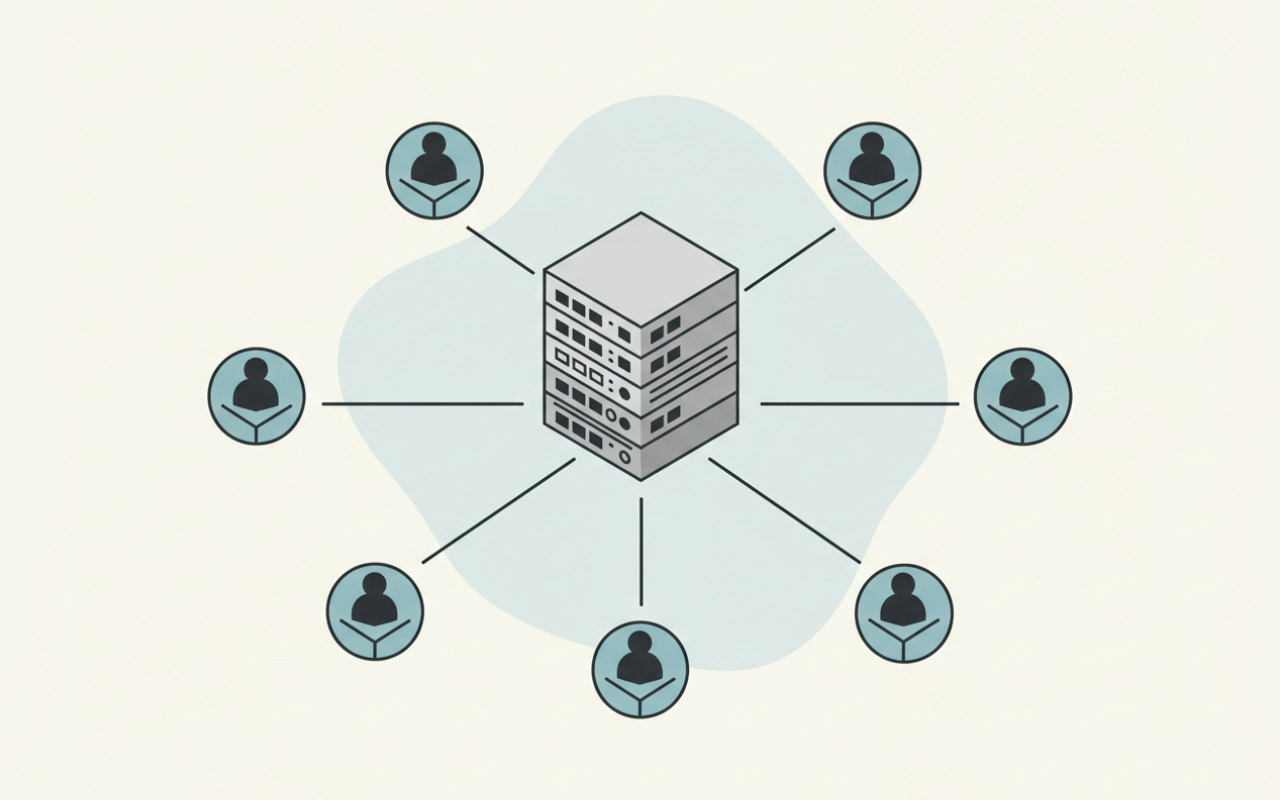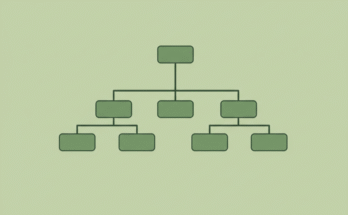Blockchain technology has revolutionized the way we think about data, transactions, and trust. At its core, a blockchain is a decentralized system that relies on a network of “nodes” to function. But what exactly is a blockchain node? How does it work, and why is it so important? If you’re curious about the inner workings of blockchain, you’re in the right place! In this post, we’ll break down what blockchain nodes are, explore their different types, and explain their key functions in simple terms.

What Is a Blockchain Node?
In the simplest terms, a blockchain node is any device connected to a blockchain network. This device could be a computer, server, or even a mobile phone. Nodes are responsible for maintaining the blockchain’s integrity and ensuring that the system operates as it should.
Think of nodes as the backbone of a blockchain. They store, share, and validate data across the network. Without nodes, there would be no way to verify transactions or keep the blockchain decentralized.
How Do Blockchain Nodes Work?
When you hear people talk about blockchain being “decentralized“, it’s because nodes distribute data across multiple devices rather than relying on a single central server. Here’s how it works:
- Data Storage: Every node stores a copy of the entire blockchain ledger or at least part of it. This means that even if one node goes offline or is compromised, the data remains safe and accessible through other nodes.
- Transaction Validation: When someone initiates a transaction on the blockchain (e.g., sending cryptocurrency), nodes work together to verify that the transaction is valid. This involves checking things like digital signatures and ensuring there’s no double spending.
- Consensus Mechanism: Nodes participate in consensus mechanisms (such as Proof of Work or Proof of Stake) to agree on the validity of new blocks being added to the blockchain.
- Network Communication: Nodes communicate with each other to share updates, broadcast transactions, and maintain synchronization across the network.
Types of Blockchain Nodes
Not all nodes are created equal. Depending on their role and functionality, blockchain nodes can be categorized into different types. Let’s take a closer look at the most common ones:
1. Full Nodes
Full nodes are the heart and soul of a blockchain network. They store a complete copy of the blockchain’s ledger, including every transaction ever made. Full nodes also validate transactions and blocks according to the network’s rules.
- Example: Bitcoin Core is a popular full node for the Bitcoin network.
- Pros: High security, full control over data.
- Cons: Requires significant storage space and computational power.
2. Light Nodes or SPV Nodes
Light nodes, also known as Simplified Payment Verification (SPV) nodes, don’t store the entire blockchain. Instead, they only store essential information like block headers. This makes them faster and less resource-intensive than full nodes.
- Use Case: Light nodes are commonly used in mobile wallets or applications where storage space is limited.
- Pros: Lightweight and efficient.
- Cons: Relies on full nodes for transaction verification.
3. Mining Nodes
Mining nodes are specialized full nodes that actively participate in creating new blocks by solving complex mathematical problems (in Proof of Work systems). These nodes compete to add new blocks to the blockchain and earn rewards in return.
- Example: Bitcoin miners using powerful hardware like ASICs.
- Pros: Earn rewards for mining.
- Cons: Energy-intensive and requires expensive equipment.
4. Masternodes
Masternodes are full nodes with additional responsibilities, such as enabling advanced features like instant transactions or governance voting. They often require users to “stake” a certain amount of cryptocurrency to operate.
- Example: Dash cryptocurrency uses masternodes.
- Pros: Offers additional functionality and rewards.
- Cons: Requires significant investment to set up.
5. Archive Nodes
Archive nodes store not just the current state of the blockchain but also its entire history, including all past states and transactions. These are often used by developers or researchers who need detailed data.
- Pros: Provides comprehensive historical data.
- Cons: Requires massive storage capacity.
Why Are Blockchain Nodes Important?
→ Blockchain nodes play an essential role in maintaining the network’s security, transparency, and decentralization. Here’s why they matter:
- Decentralization: By distributing data across multiple nodes, blockchains eliminate the need for a central authority. This makes them resistant to censorship or single points of failure.
- Security: Nodes validate transactions and ensure that only legitimate data is added to the blockchain. This prevents fraud and tampering.
- Transparency: Since many nodes store copies of the ledger, anyone can access and verify transaction data at any time.
- Fault Tolerance: Even if some nodes go offline or are attacked, the network can continue functioning as long as other nodes remain active.
Setting Up Your Own Node
If you’re passionate about blockchain and want to contribute to its ecosystem, you might consider running your own node! While it may sound technical, setting up a node can be relatively straightforward depending on the blockchain you choose.
→ Here are some general steps:
- Choose a blockchain network (e.g., Bitcoin, Ethereum).
- Download the required software (e.g., Bitcoin Core for Bitcoin).
- Ensure you have enough storage space and bandwidth.
- Sync your node with the network by downloading the blockchain’s data.
- Keep your node online to support the network.
Running a node not only strengthens the blockchain but also gives you more control over your interactions with it.
Conclusion
Blockchain nodes are an integral part of what makes this technology so revolutionary. Whether they’re validating transactions, storing data, or participating in consensus mechanisms, these nodes ensure that blockchains remain secure, transparent, and decentralized. Understanding how nodes work can deepen your appreciation for blockchain technology and who knows? Maybe you’ll even set up your own node one day.


![[Blockchain Beyond Cryptocurrency] The Untapped Potential Across Industries](https://mineatech.com/wp-content/uploads/2025/08/blockchain-beyond-cryptocurrency-the-untapped-potential-across-industries-348x215.png)
![What Is a Blockchain Consensus Algorithm? [Explained Simply]](https://mineatech.com/wp-content/uploads/2025/08/what-is-a-blockchain-consensus-algorithm-explained-simply-348x215.png)